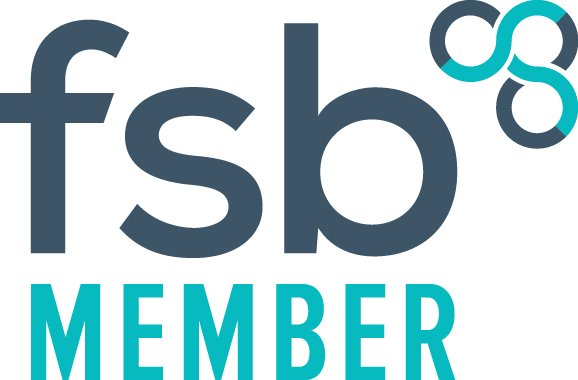Our natural environment is hot topic at the moment. Being eco-friendly or reducing our carbon footprint is generating significant amount of coverage and discussion.
First of all let’s understand what eco-friendly means. The terms eco-friendly or environmentally friendly describe something that is ecologically not harmful. We are now more aware of the damage our lifestyle and decisions have brought to our planet, so more and more of us are making the choice of reducing our impact. So it might be almost impossible to become environmentally friendly but we certainly can reduce our negative environmental impact by deciding to be sustainable and making smart choices.
We can all agree on our desire to do one’s best in preserving and reducing our impact on natural environment. Because of human activity, Earth’s temperature is rising to an unsustainable level. This is putting extra pressure on Mother Nature.
At Zoetic ltd we like to see ourselves as environmentally friendly. Our ambition is to be sustainable, so we could maintain a prospering economy for generations to come.
To reach our goals we decided on giving priority to
It is difficult to say what is the single most harmful thing humans are doing to Earth, but if we talk about waste, we believe plastic is second to none.
The largest market for plastic is packaging, and majority of the plastic we use ends up in landfill and the ocean.
The alarming scenes from Great Pacific Garbage Patch are familiar to many of us, estimated to be 1.6 million km2 (three times the size of France) and this is only one of the five garbage patches in our oceans.
If our seas and lands are being filled by plastic is not worrying enough, a recent study on rain water samples from Rocky Mountains in Colorado found it contained microplastic particles.
After a bit of research, we concluded that we must
Often plastic waste does not decompose and could last for centuries. This can pollute our soil, rivers and oceans, and bring about harm to the wiled life that inhabit them.
Our motivation to start this business was to work with a small collective of traditional saffron farmers from our home town. We couldn’t say no to this opportunity.
Promoting eco-friendly saffron and working with farmers to encourage sustainable farming has been challenging at times.
Evolving from an outdated irrigation system to a more modern and sustainable one is not easy, specially when financial factors come into the equation. This is why we decided pay the farmers more for their saffron.
Alongside the farmers we also work with suppliers to expand our product range. We do our best to make sure our suppliers are promoting sustainability and fair trade.
We are now at a point where we have to change the legacy we leave behind. We have a choice of making small changes in our life in order to be more sustainable. Simple changes like reducing waste, reusing, eating clean and green, just making good choices will do wonders.


